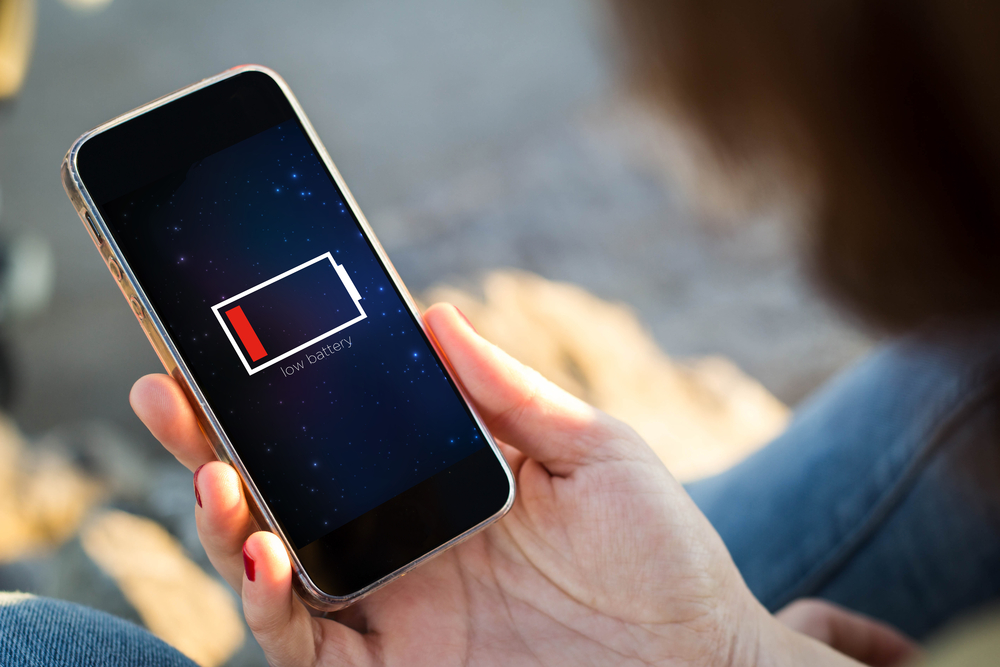Graphene
Big on the Battery Scene
Currently, one of the greatest potential growth area in the technology industry, as well as one of the most neglected thus far, is battery life. Some improvements were made—we’ve seen the battery capacity increased and we’ve witnessed the apparition of new ways of charging batteries faster, but they still take a while to charge and […]
